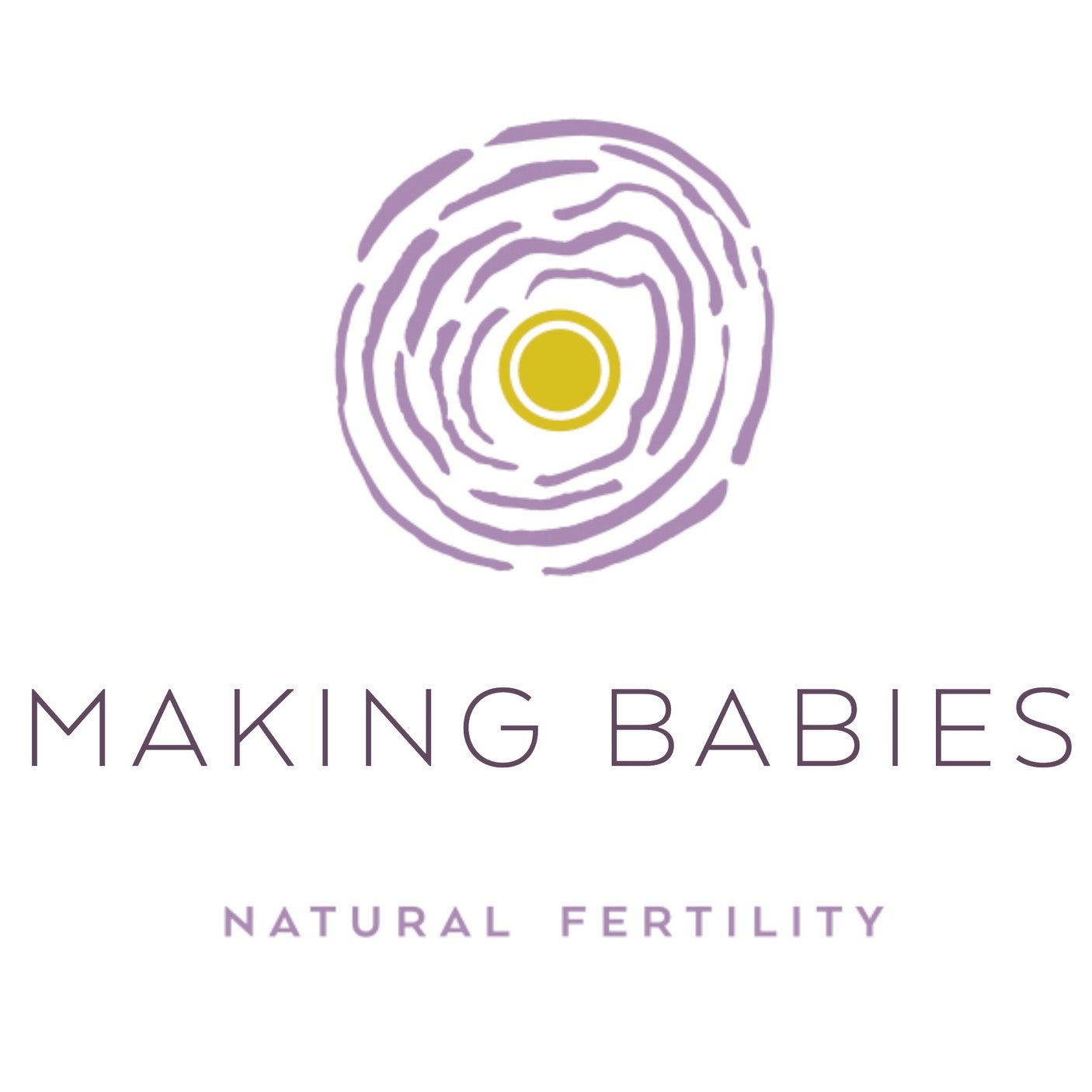Trying to conceive while not having regular periods can be extrememly frustrating!
Absent, Irregular, or Late Periods
Working out the cause of amenorrhea (the absence of periods) is the first step in resolving the situation and can be achieved with some reflective assessments, checklists and professional help.
There are two types of amenorrhea – Primary, which means you have never had a period, either by the age of 14 with no secondary sexual characteristics or the absence of a period by the age of 16 regardless of secondary sexual characteristics. Secondary, which is the absence of menstruation for at least 3 previous cycle lengths or 6 months in a woman who previously had a menstrual cycle and is within reproductive years. Primary amenorrhea is rare in .3% of the population and is usually a result of an underlying developmental issue.
Secondary amenorrhea can be attributed to many factors -
Firstly, pregnancy needs to be ruled out!
A thought needs to be given to perimenopause and the transition to menopause. On average, perimenopause will begin several years before menopause, your final period. If you are younger than 40 then your lack of periods is probably not menopause. Primary ovarian insufficiency (POI) affects one in 100 women.
Undereating can cause hypothalamic amenorrhea. The body perceives stress by way of insufficient nutrients and decides that supporting a pregnancy is not an option. Research has shown that it is not just about being a certain body weight or BMI but about available nutrients balanced against your physical activity. This is called energy availability. A starvation response is triggered by your hypothalamus and can disrupt the LH (luteinising hormone) shutting down ovulation. Your body mass index (BMI) is your weight in kilograms divided by the square of your height in meters. A normal BMI is between 18.5 – 24.9.
Over or underweight. There is a direct link between anovulation and obesity. Body fat cells, adipocytes, produce estrogen, and the greater the fat cells the higher the estrogen levels. The sex hormones must be kept in balance. For underweight women, there is a lack of adipocytes with a resulting lack of estrogen.
Stress may cause the body to stop cycling. Cortisol and adrenaline may prevent fertility hormones from being released at the correct times. The relationship between the adrenals and the thyroid cannot be overlooked as the thyroid hormone runs the endocrine system, including ovulation!
Thyroid imbalances. If your thyroid isn’t functioning properly your menstrual cycle can be affected including whether or not you ovulate or get a period. The absence of a menstrual cycle is usually a sign of hyperthyroidism, while a heavy or irregular period usually reflects a hypothyroid state.
Celiac disease (gluten sensitivity) can reduce absorption of necessary nutrients in the small intestine as well as increase inflammation. Gluten intolerances have been linked to altered estrogen levels with such consequences as amenorrhea, infertility, and low ovarian reserve.
PCOS - polycystic ovary syndrome
Prolactin. Prolactin blocks you from having a period by inhibiting the secretion of FSH (follicular stimulating hormone) which runs the first half of your cycle.
Hormonal birth control. Where the birth control pill depletes a lot of nutrients necessary for hormonal balance and health nutrients play an essential part in recovering your reproductive health. Zinc, Vitamin B6 and magnesium are key nutrients to be restored.
Late periods or long cycles are a type of irregular period and they can indicate either an anovulatory cycle (no ovulation) or a long follicular phase (first half of cycle). The luteal phase (second half of cycle) is never longer than 16 days unless you are pregnant. On average, the luteal phase is between 12 and 14 days. However, it can be as short as 8 days and as long as 16 days. Whatever your regular luteal phase length is, it’ll tend to be consistently that length every cycle. Periods should come no earlier than 21 days, giving you a short cycle indicating either an anovulatory cycle, or a short follicular or luteal phase. Short luteal phases are usually associated with low progesterone levels.
So, what defines a regular period?
A period that comes at least every 21- 35 days. A 28 day cycle is the textbook length, making it a monthly event.
Ovulation should occur around day 14. Often the follicular phase is longer or shorter while a healthy luteal phase is always around 16 days. Knowing your ovulatory signs can help diagnose your menstrual health.
A period should last around 5 days, but between 3-7 days is normal.
It should be without premenstrual symptoms, pain and flooding.
You should lose around 50mL and not be heavier than 80mL over all the days of the period.

